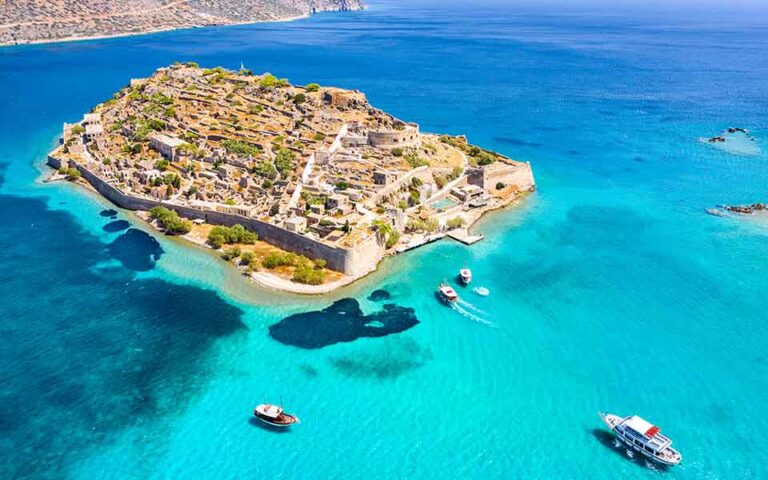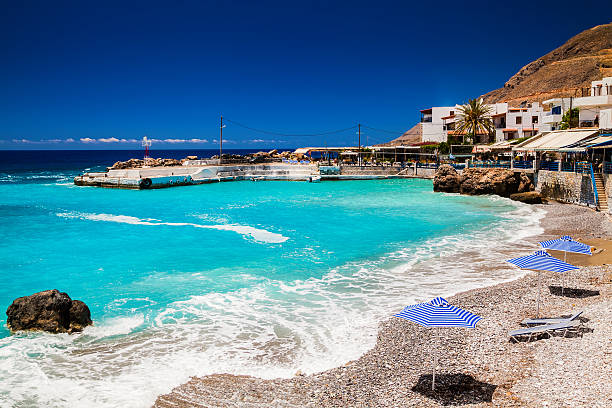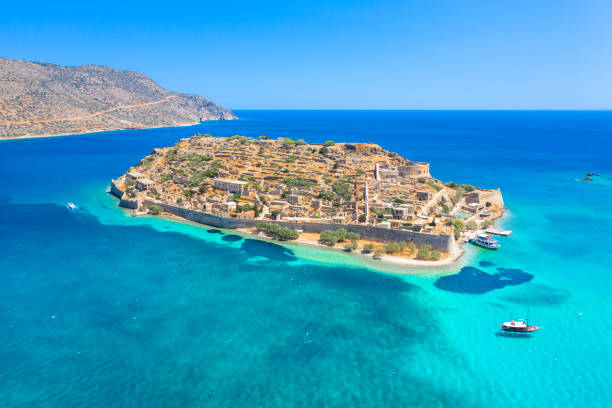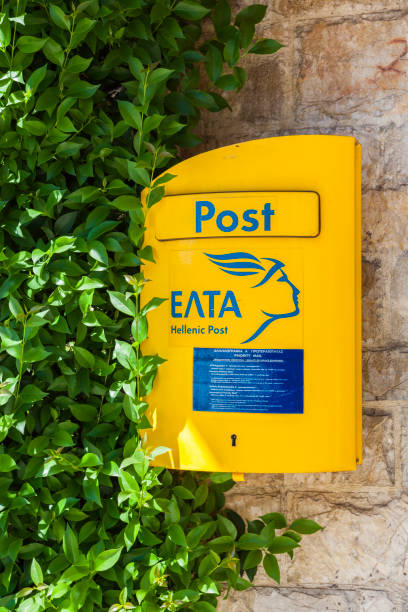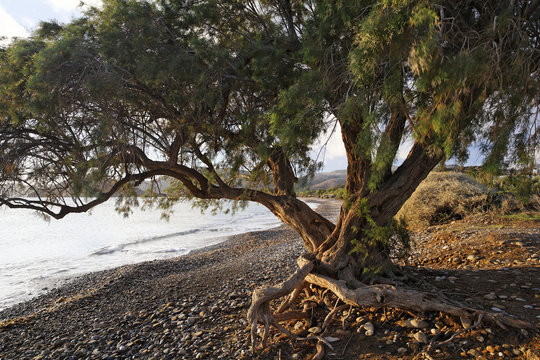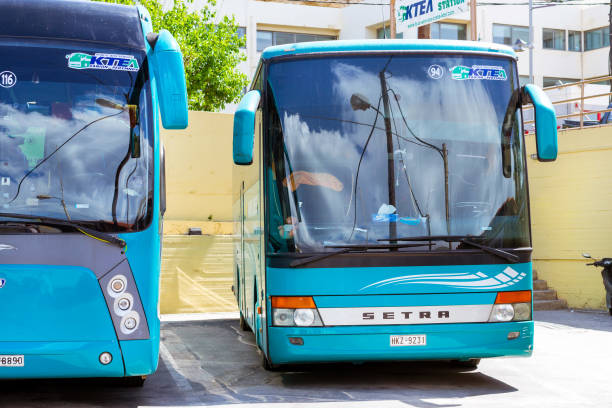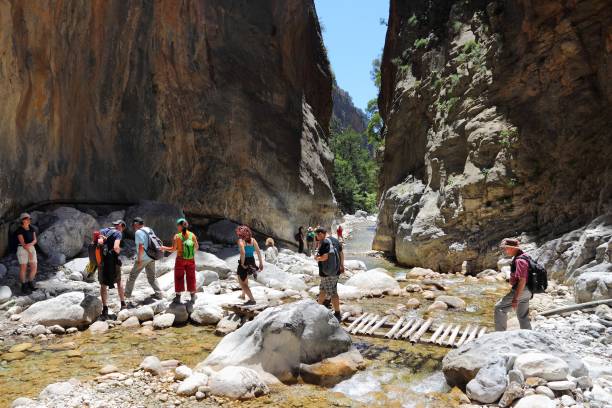Agios Nikolaos is a beautiful coastal town located in eastern Crete, Greece. The town is famous for...
Month: February 2023
Located on the northeastern coast of Crete, Spinalonga Fortress is a small island that has played a...
The Island of Spinalonga is a small island located in the Gulf of Elounda in Crete, Greece....
Crete, the largest island in Greece, is a popular destination for travelers seeking sun, sea, and culture....
Crete, the largest of the Greek islands, is a popular honeymoon destination due to its romantic atmosphere,...
Post offices are an important aspect of daily life in Crete, an island in the Mediterranean Sea...
The Tamarisk tree, also known as salt cedar or athalassia in Greek, is a species of flowering...
KTEL is the public transportation system that serves the island of Crete, Greece. It operates a network...
Traveling by public bus is an excellent way to explore the stunning island of Crete, Greece. The...
The White Mountains of Crete, also known as Lefka Ori, are a stunning mountain range located on...
